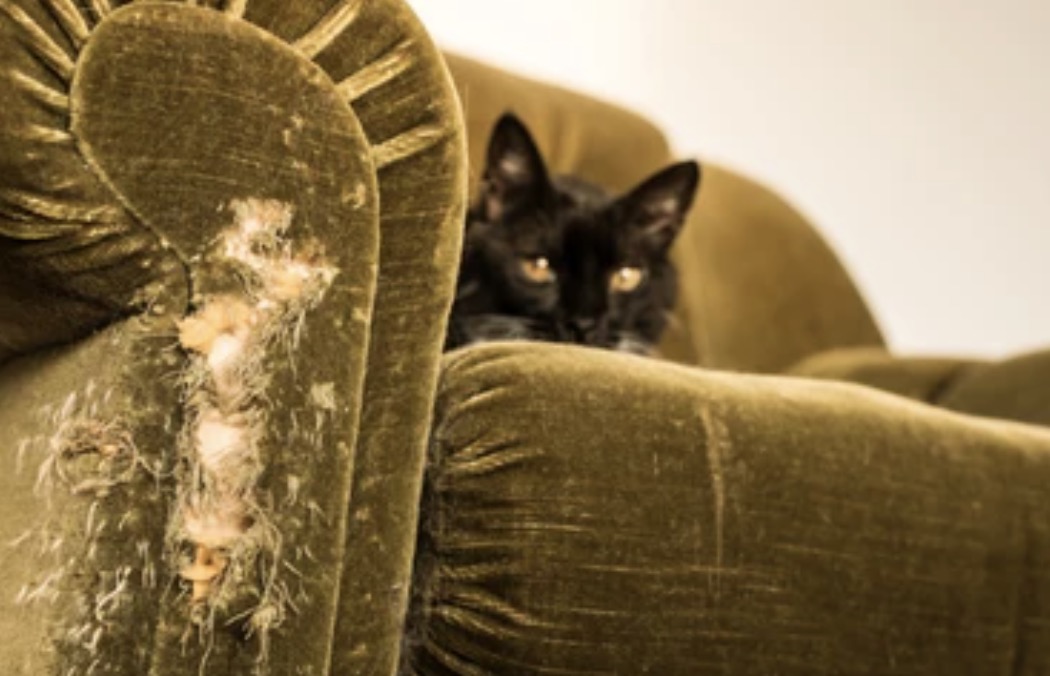
Felines, those cherished and endearing companions, seamlessly fit into both rural and urban abodes. Yet, amid their playful antics and affectionate gestures, we mustn’t overlook their primal instincts to stretch and sharpen their claws, often resulting in our furniture bearing the brunt of their urges. Unraveling the mysteries behind why cats exhibit this behavior and exploring strategies to dissuade them from it is a common dilemma for cat guardians.
A Historical Perspective on Cats
The precise genesis of cats remains shrouded in uncertainty, although prevailing theories suggest that their ancient ancestor, Miacis, a diminutive creature resembling a weasel, roamed North America some 50-60 million years ago. Initially valued for their prowess in mouse-catching, bird-hunting, and fishing, cats gradually ingratiated themselves into human households, their utility in protecting crops and health from rodent-borne maladies paving the way for domestication.
Millennia ago, Ancient Egyptians revered cats, integrating them into daily life for tasks like fishing and vermin control. These revered creatures found their place in myth and lore, embodying deities such as Bastet, Mafdet, and Sekhmet, symbolizing protection and guardianship.
Cats as Companions
Cats, with their playful antics and soothing purrs, enrich our lives as cherished companions. Their swift affection and unwavering loyalty serve as balm for the soul, offering solace in times of distress. Scholars extol their wisdom, urging humans to emulate their tranquil repose and innate ability to sense impending perils.
Understanding Feline Scratching Behavior
Scratching is intrinsic to feline behavior, serving various purposes beyond mere territorial marking. Cats may scratch when elated, anxious, or simply to stretch their muscles and maintain claw health. This natural inclination stems from their ancestral need to sharpen claws and assert dominance.
Training Your Cat to Spare Furniture
Redirecting your cat’s scratching instincts away from furniture requires patience and strategic intervention. Invest in scratchers equipped with rough surfaces, enticing your cat to sharpen claws there instead. Encourage this behavior through positive reinforcement, rewarding her with treats for using designated scratch areas. Avoid coercive methods, as these may evoke resistance and anxiety.
To deter furniture scratching, consider citrus-scented deterrents or covering susceptible surfaces with less appealing materials. Temporarily restrict access to furniture until desired scratching habits are established. Additionally, regular claw trimming promotes both furniture preservation and feline well-being.
By understanding and accommodating your cat’s scratching tendencies, harmonious cohabitation with your feline friend becomes achievable, ensuring both furniture preservation and feline contentment.
Image credit: Shutterstock



